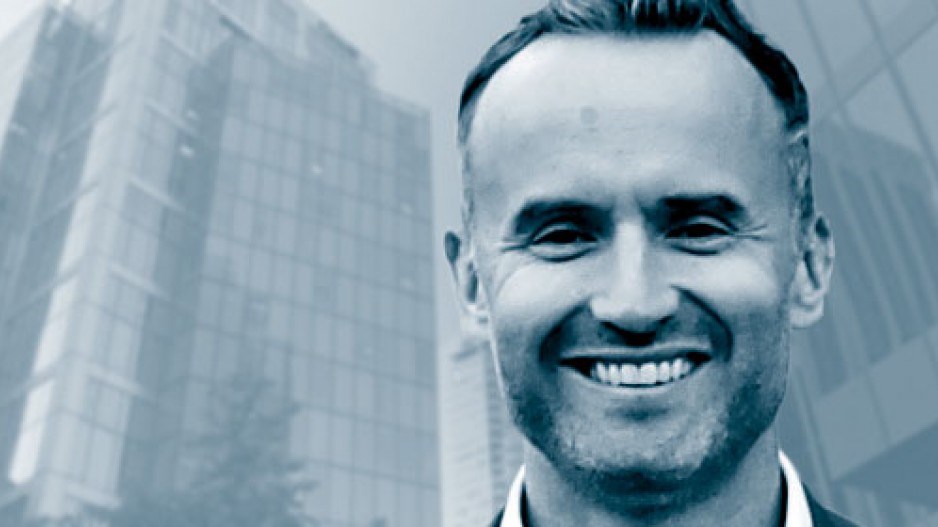A couple of weeks ago, BC Hydro announced a new idea that caught our attention at the BC Chamber of Commerce. It’s an idea that will create jobs and power businesses in downtown Vancouver.
BC Hydro is calling the idea “seed.” It’s an innovative approach to meeting the future energy needs of downtown Vancouver, while maintaining the city’s reputation as one of the greenest, most livable places in the world.
The West End and Yaletown have seen tremendous residential and commercial growth. These communities are growing at an exponential rate and have undergone the most densification in downtown Vancouver. Serving these neighbourhoods and the rest of the downtown core are three substations. Two of those substations are more than 50 years old and they are nearing the end of their lives. That’s why BC Hydro needs to build substations where that continued need for energy demand is.
It’s not just population growth we need to plan for. The Port of Vancouver, Canada’s largest and busiest port, went green by being the first port in Canada to introduce shore power in 2009, which allows cruise ships to plug into the land-based electrical power grid and shut off their diesel generators, reducing both noise and greenhouse gas emissions. The number of cruise ships using shore power is increasing, and that’s good news for our environment. We just need to ensure that the grid has enough juice to support the growing demand for shore power, and “seed’ is a winning solution.
What makes this idea interesting is that BC Hydro is proposing to fund some significant community benefits such as schools, daycares and park improvements while working with the Vancouver Park Board and Vancouver School Board to construct the new substations underground – rather than taking up a large portion of valuable and limited land that could be used for future businesses or housing. This means the money saved from purchasing a piece of land could be used to fund two new schools, new daycare spaces and new green spaces while BC Hydro continues to deliver safe, reliable and clean power.
Some have articulated their concern around the potential health risks of electromagnetic fields resulting from substations built so close to public spaces, particularly schools and playgrounds. As with any project, the BC Chamber of Commerce relies on thorough data to inform its position. Health Canada and the World Health Organization have found no evidence of any health risks from magnetic field measurements below the recognized exposure limit of 2,000 milligauss (mG) or 200 microtesla. An underground substation at Cathedral Square Park in downtown Vancouver has been operating safely for years, emitting anywhere from 2 mG to 100 mG. For comparison, the average home hair dryer emits 300 mG.
“Seed” is an interesting new way of thinking about how to share limited space downtown. It is also the first time in North America a utility has taken this approach. This is yet another opportunity for B.C. to lead.
BC Hydro has been holding open houses and small community meetings over the last few weeks. More information can be found at bchydro.com/seed.
The BC Chamber of Commerce, for over 70 years, has championed ideas that are good for the B.C. economy and drive prosperity for all. This “seed” idea is good for B.C. communities, too. I would encourage all those who are interested to get involved and share their ideas.
Val Litwin is president and CEO of the BC Chamber of Commerce.




